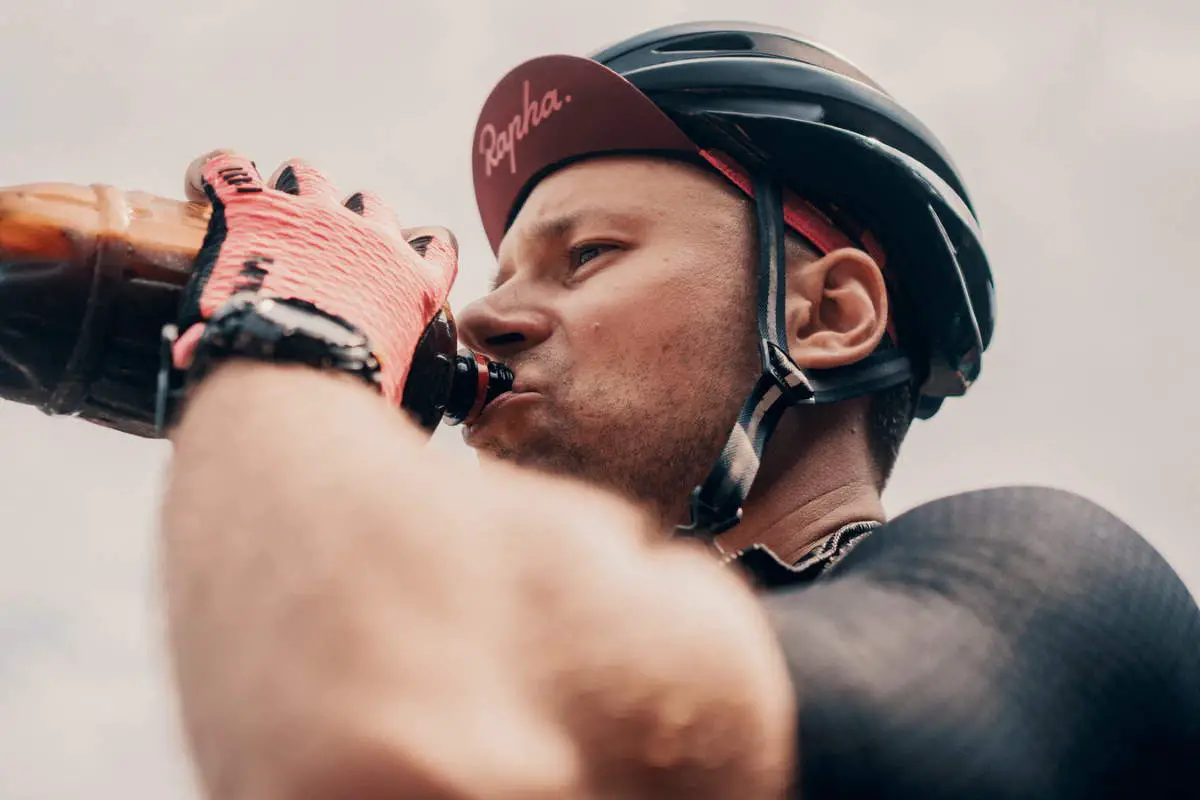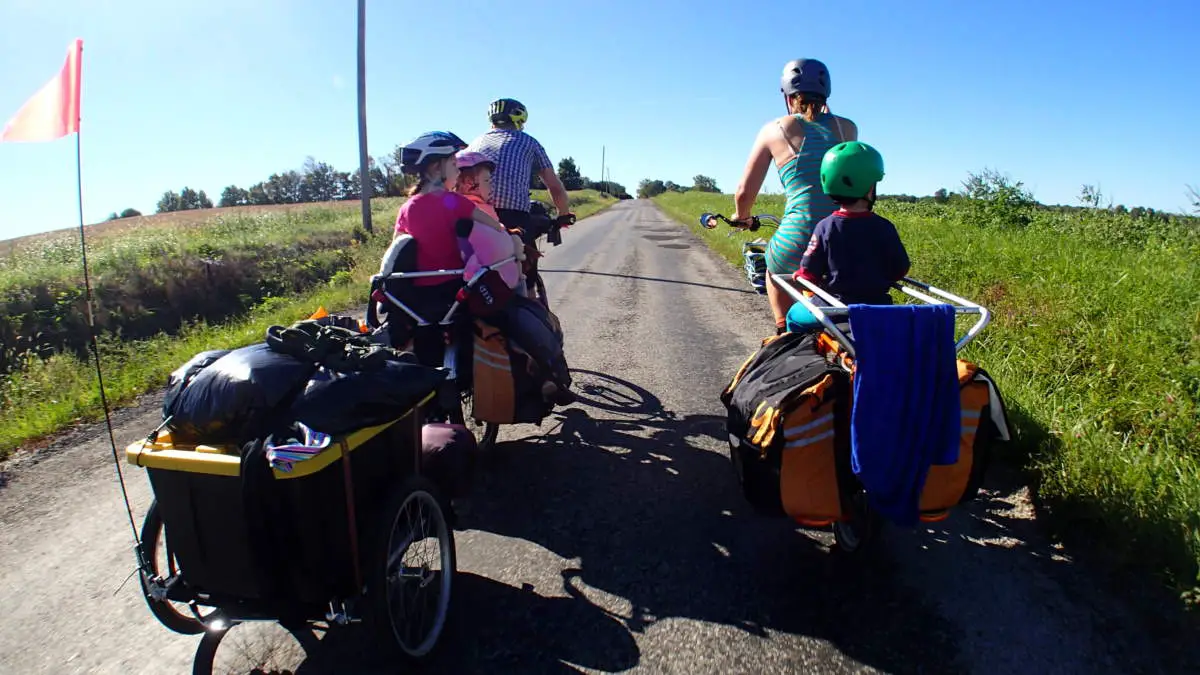The 111th Tour de France is about to feature some key changes as the iconic cycling race will start in Florence, Italy on June 29th and will end for the first time ever in Nice on July 21st. Traditionally, the race finishes on The Champs-Elysee, but due to the Olympic and Paralympic Games taking place …
Continue reading “A Guide To Watching The Tour de France 2024 in Person”









